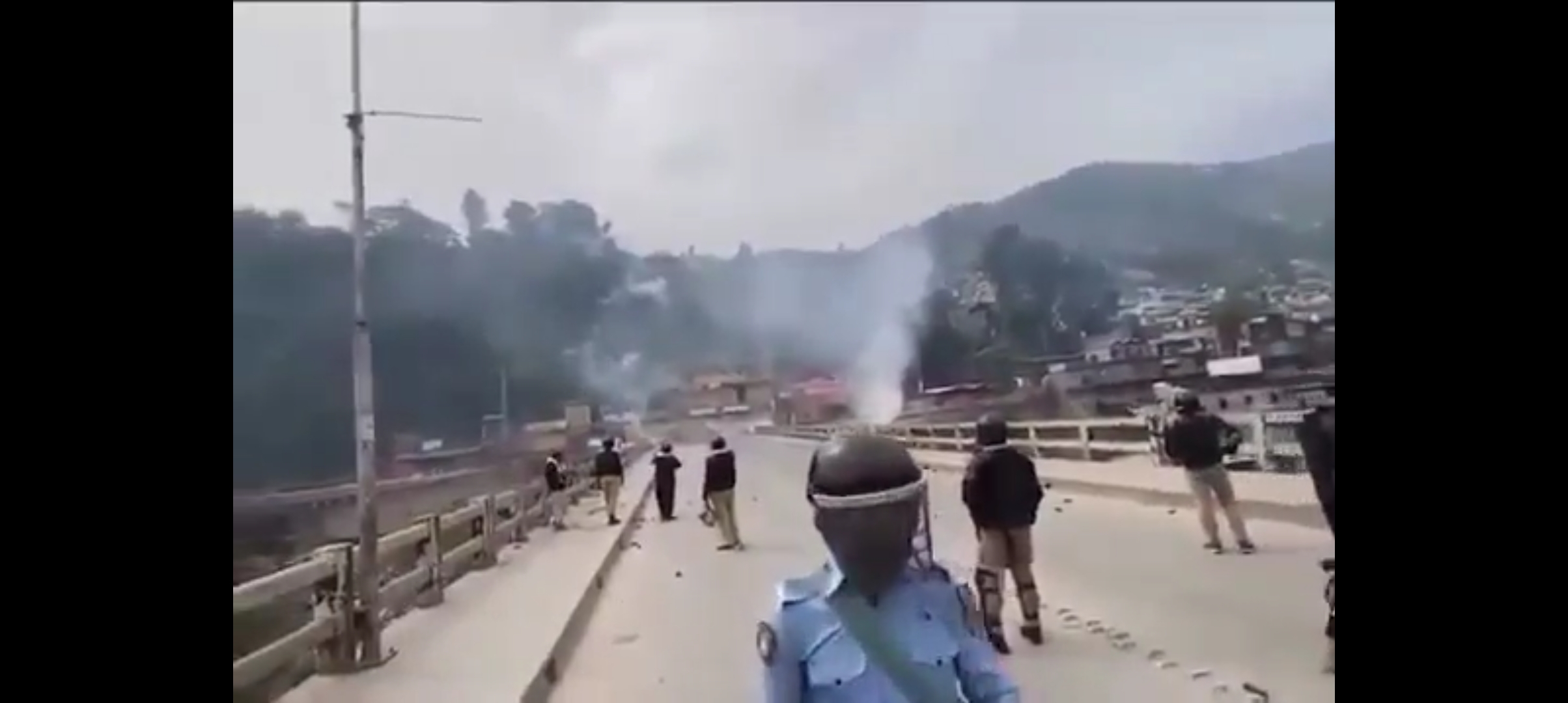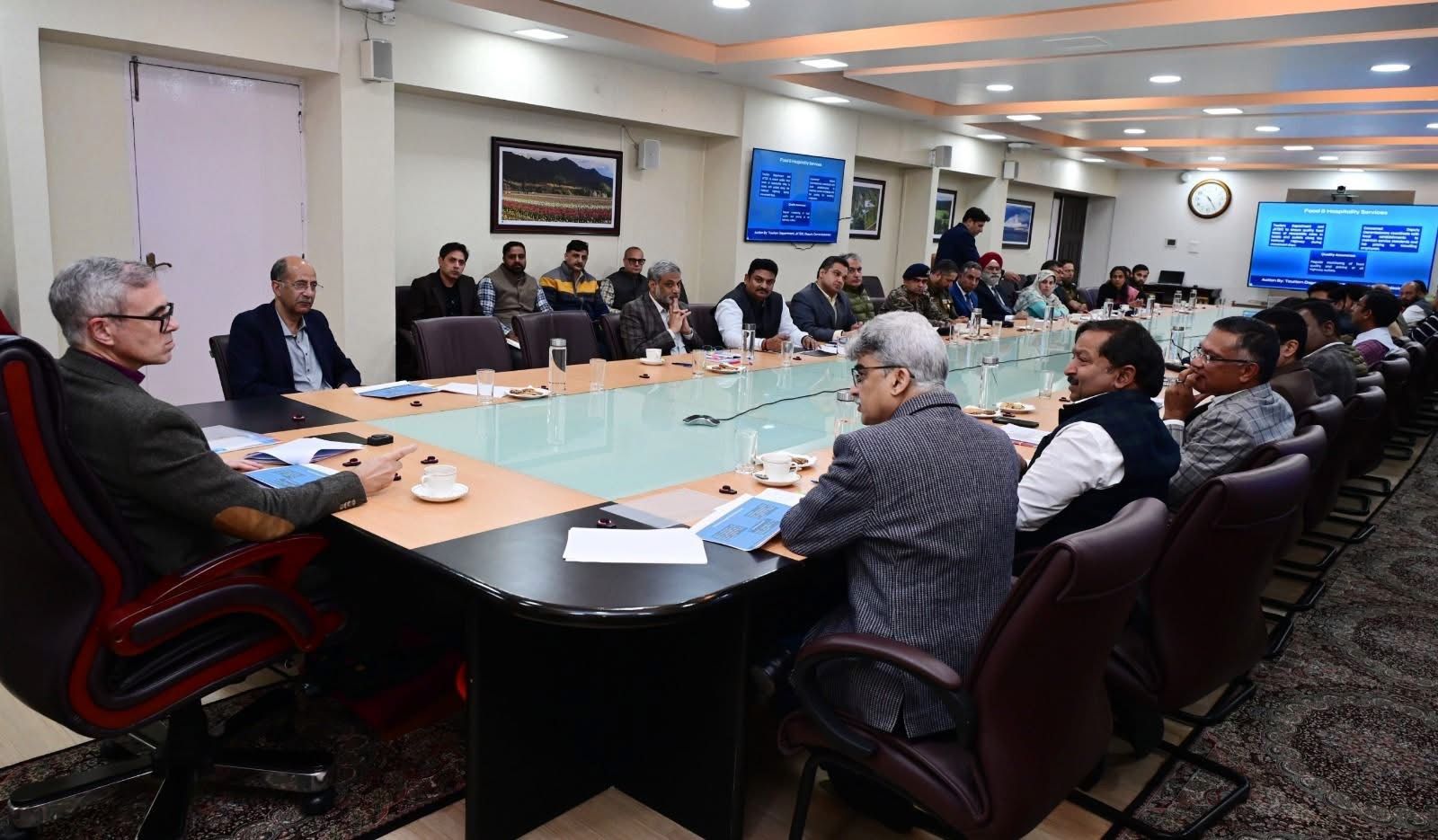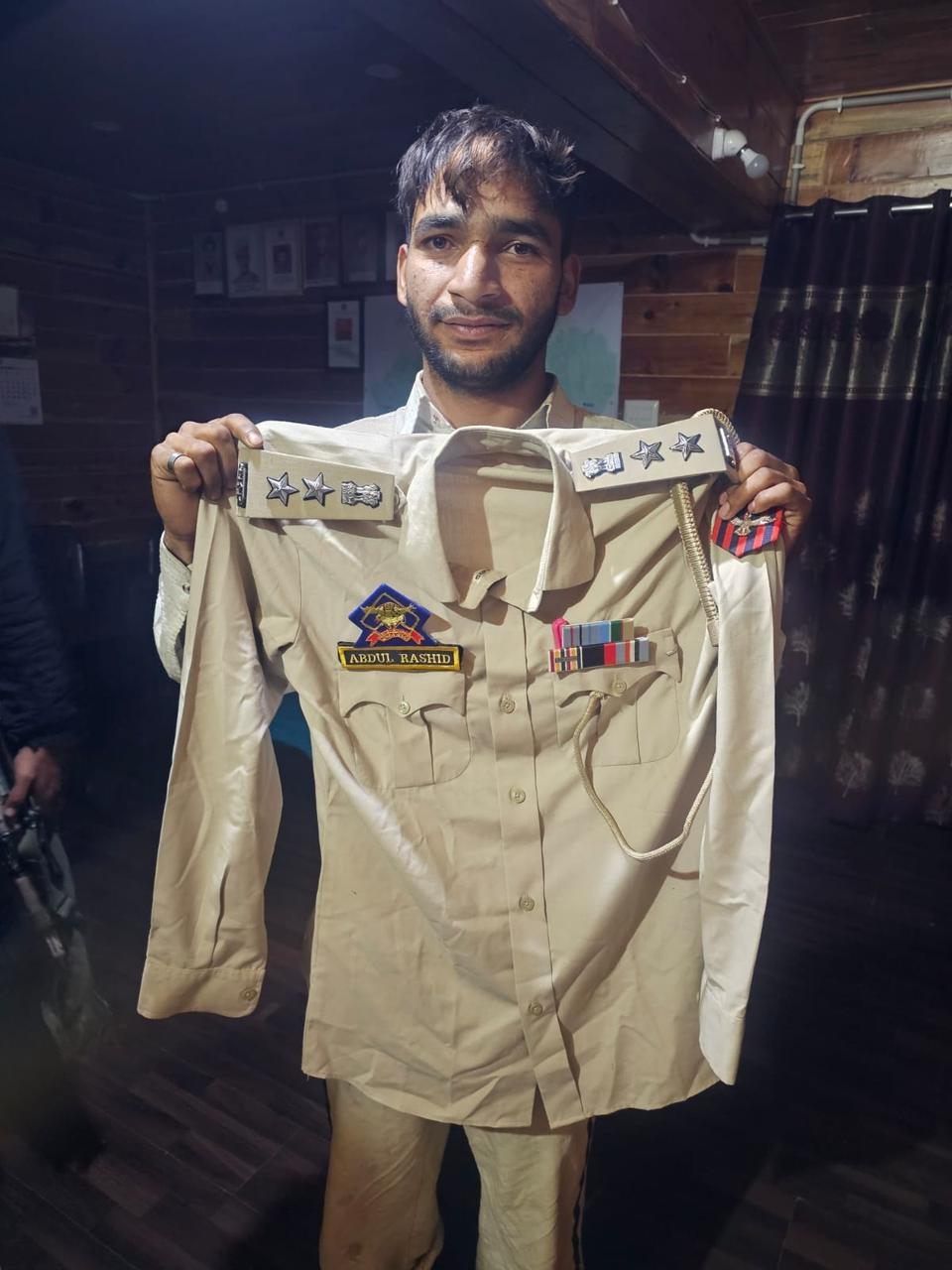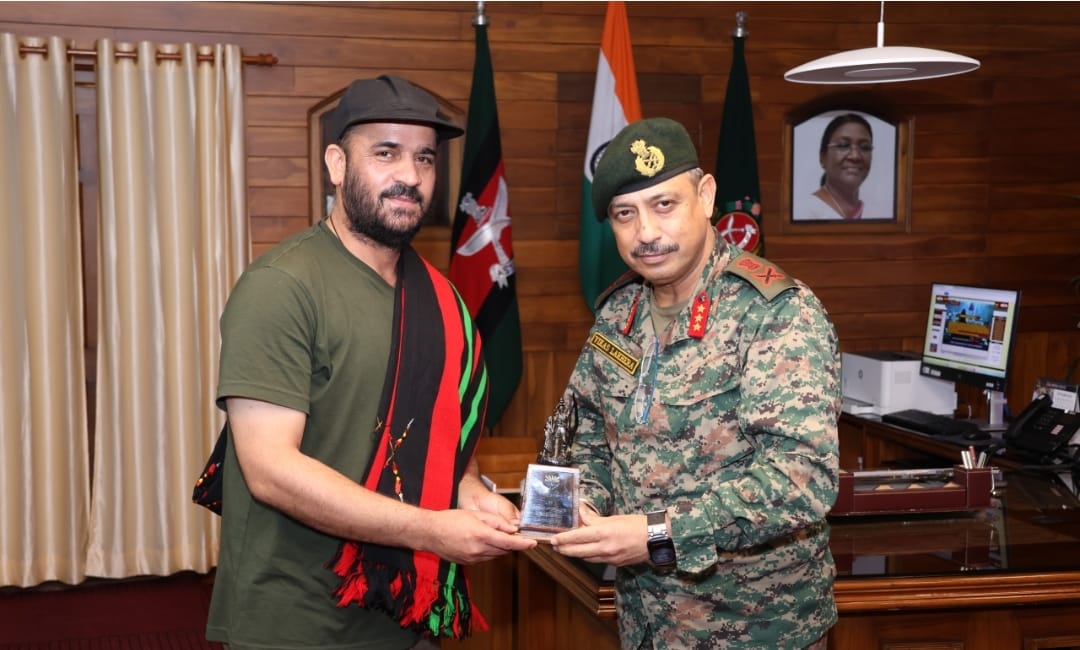
By M S Nazki
- I have two memories of this city. The first one goes like this: Bengaluru may not be the Indian city with the most number of trees, but it certainly has a wide diversity of flowering and avenue trees. Our city also has many species that attain enormous size or height, such as the Akasha Mallige, Silver Oak, Aruacarias, Rain Trees and the African Tulip. Some of these giants simply arrest our senses by their sheer size and majestic bearing as they stand guard over street corners, traffic islands or small lanes. What makes many of them unique is that they are rarely found in cities, and would be more at home in jungles. We must be grateful to foresters of yesteryears who were bold to think out of the box and plant such saplings 50 or more years ago, against conventional wisdom. If you look carefully, you can locate these tree giants in your own area and keep a record of them for posterity.
- The second is Cubbon Park, officially Sri Chamarajendra Park,] is a landmark park in Bengaluru, located in the heart of the city in the Central Business District. Originally created in 1870 under Major General Richard Sankey, then British Chief Engineer of Mysore State, it covered an area of 100 acres. Subsequent expansion has since taken place and the park’s area is now reported to be 300 acres. It has a rich recorded history of abundant flora and fauna plantations coupled with numerous impressive and aesthetically located buildings and statues of famous personages, in its precincts. This public park was first named as Meade’s Park after Sir John Meade, the acting commissioner of Mysuru in 1870 and subsequently renamed as Cubbon Park after the longest-serving commissioner of the time, Sir Mark Cubbon, when Meade left for a new assignment in Baroda in 1873. To commemorate the Silver Jubilee of Sri Krishnaraja Wodeyar’s rule in Mysore State, in 1927, the park was again renamed as Sri. Chamarajendra Park, in memory of the 19th-century ruler of the state Sri Chamarajendra Wodeyar (1868–94), during whose rule the park came into existence……………..(Majors Diary)!
-Any way this was beyond the context because this story is different but it has its roots in Bengaluru, previously Bangalore!
- Good judgment comes from experience, and experience comes from bad judgment. In the end, we will remember not the words of our enemies, but the silence of our friends.
-But before coming on to the story proper, here is a story that would give you an insight as to what we are going to write! Incidentally do not forget readers that the Great Generals were also kids once in their respective schools but later went on to do great things!
-General Ashok Kumar, a decorated war hero, returned to his old school in Jammu, a stark contrast to the battlefields he was used to. He addressed the students, his voice echoing with the authority of a seasoned military leader, yet tinged with the warmth of a familiar homecoming. He spoke of courage, discipline, and the power of education, inspiring the students to strive for excellence. General Ashok Kumar hadn’t been back to his alma mater, Government High School, Jammu, since he’d left for the military academy decades ago. The familiar smell of chalk dust and old wood now mingled with the scent of the surrounding pine trees, a comforting scent that transported him back to his youth. He stood on the stage, the same stage where he’d delivered speeches as a school captain, now a distinguished figure in uniform.
The students, a mix of curious and awe-struck faces, listened intently as he began. ‘My journey from these very halls to the frontlines of our nation has been long and arduous,’ he started, his voice resonating with authority. ‘But it all began here, with the lessons I learned, the friendships I forged, and the dreams I dared to dream within these walls.’ He spoke of courage, not just the physical bravery he’d exhibited on the battlefield, but the courage to face challenges, to stand up for what’s right, and to pursue one’s goals with unwavering determination. He emphasized the importance of discipline, not just in military life but in every aspect of life, as a tool for achieving success. He highlighted the transformative power of education, urging the students to value their time at school and to make the most of the opportunities they were given. His speech wasn’t just a recounting of his military career; it was a tapestry woven with personal anecdotes, humorous tales of his school days, and heartfelt advice for the young audience. He spoke of his mischievous escapades with his friends, his struggles with mathematics, and his unwavering support from his teachers. He encouraged them to embrace failures as learning experiences and to never give up on their aspirations. As General Kumar departed, the school grounds felt different. The air was thick with a renewed sense of purpose and a sense of pride. The students, inspired by his visit, now saw their school as more than just a place of learning; it was a launch pad for their dreams, a place where they could forge their own paths to greatness, just as their distinguished visitor had done. The visit had not only honored the school but also connected the past with the future, reminding everyone of the enduring power of education and the limitless potential within each student.
-So readers faith is taking the first step even when you can’t see the whole staircase!
-Similar is the story of Major General. KTG Krishnan, SM,VSM, GOC, SHABAZ DIVISION, a favorite alum of PM SHRI KV ASC CENTRE(S) visited his alma mater and was formally received by the Chairman of the Vidyalaya, Brig. Rohit Sethi , Commanding officer of ASC Centre and the I/C Principal, Smt. Bhagyalakshmi M.
-More about this part later but first let us talk about the Shahbaz Division which the General commands!
-The Shahbaz Division is a formation of the Indian Army. It is designated as the 36 Infantry Division (RAPID) and is headquartered in Sagar. The division has been recognized for its professional excellence and has participated in numerous operations, including the 1971 war and Operation Pawn,
-The 36th Infantry Division of the Indian Army is a formation with a history rooted in World War II. It was initially raised as the 36th Indian Infantry Division and later redesignated as a British formation, the 36th Infantry Division. It served in India and during the Burma Campaign before being disbanded after the war. The division’s origins are linked to the Combined Training Centre in India.
- Formation and Early Role: The 36th Indian Infantry Division was initially raised as an Indian formation in early 1943. It initially comprised two brigades: the 29th British and the 72nd Indian.
-Redesignation and British Formation: On September 1, 1944, the division was redesignated as a British division.
-Key Actions and Campaigns: The division participated in operations in the Arakan in 1944 and later fought alongside the Chinese-American forces under General Stillwell around Myitkyina and Mogaung. In January 1945, it crossed the Irrawaddy River and advanced into the Shan States.
-Post-War: After the war, the remaining British units of the division were transferred to the British 2nd Infantry Division.
-Distinctive Badge: The division’s badge was a combination of the 29th Brigade’s white circle and the 72nd Brigade’s red circle.
-The Shahbaz Division is a formation of the Indian Army, known for its professionalism and combat readiness. It was raised as a Mountain Division on September 18, 1966. The division has participated in various operations, including the 1971 war, and has been recognized for its role in maintaining peace and tranquility in its area of operations. It is also actively involved in community outreach and environmental initiatives.
-Formation and History: The Shahbaz Division was established on September 18, 1966, as a Mountain Division.
-Operational Roles: The division has participated in numerous operations, including the 1971 war, where it made significant advances in the Shakargarh bulge. It has also been recognized for its role in maintaining peace and tranquility in its area of operations.
-Professionalism and Readiness: The Shahbaz Division is known for its high standards of professionalism and its commitment to combat readiness.
-Community Engagement: The division actively engages with the local community, participating in initiatives like tree plantation drives to promote a sustainable and eco-friendly future, according to an Instagram post from the Southern Command Indian Army.
-Recent Activities: In a recent event, the Shahbaz Division conducted a logistics support area exercise called “Exercise Shahbaaz Poorak” to test its ability to sustain high-tempo operations,
-Do not give them a candle to light the way, teach them how to make fire instead. That is the meaning of enlightenment!
-Now coming back to where we left:
-PM SHRI KV ASC CENTRE(S) refers to PM SHRI Kendriya Vidyalaya ASC Centre (South), Bangalore. It is a school under the Kendriya Vidyalaya Sangathan (KVS), a system of schools under the Indian government, and it is located in the ASC Centre (South) area of Bangalore. The “PM SHRI” designation indicates it’s part of the “Pradhan Mantri Schools for Rising India” scheme, according to the school website.
-PM SHRI: This is a centrally sponsored scheme aimed at upgrading and strengthening around 14,500 schools across India, according to the school website.
-Kendriya Vidyalaya (KV): These are a system of schools run by the Kendriya Vidyalaya Sangathan, an autonomous body under the Ministry of Education, according to the school website.
-ASC Centre (S): This refers to the Army Service Corps Centre (South), a military establishment, within which the school is located.
-Therefore, the full name signifies a Kendriya Vidyalaya within the ASC Centre (South) in Bangalore, recognized under the PM SHRI scheme.
This was the place where the General KTG. Krishnan was visiting! It was where he grew up to become one of outstanding Generals of the Indian Army and this was what happened during the visit! Obviously it had to be an emotional one!
During an hour-long dialogue with the students, the Major General emphasized the need for media literacy and discretion while forwarding messages. He reiterated that any news that threatens the unity and integrity of the nation should be fact checked before forwarding it. He also stated that he was here to give them an idea about what really happened behind the scenes during Operation Sindoor,
He enthralled the students and staff with live video footage of the strikes and told them stories of the courage of the Indian soldiers and the immense planning required for the precision strikes against the terrorists without causing harm to innocent people. The students , the majority of whom are the children of soldiers, warmed up to the narrative of the General, who spoke in a simple yet effective manner, thus capturing the attention as well as the hearts of the listeners..
The Major General also revealed that the Indian army was on a mission to fight the disinformation being spread in the media, and he kick started it from his alma mater, here in Bengaluru. He compared the false news spread through whatsapp and other media to a bullet that leaves the gun and wounds deeper than a real bullet ever does. He cautioned the children again to not be a part of such campaigns that strike at the heart of the country. The students responded with patriotic fervor and shouts of ‘Jai Hind’ resounded in the auditorium.
Be so good they can’t ignore you. That is why Generala Krishnan stands out since he knows that by the end of high school I was not of course an educated man, but I knew how to try to become one! The beginning was great and now we all know where he is now! Anyway it’s time to take a break for the day now but tomorrow is another day in the lives of humans!







